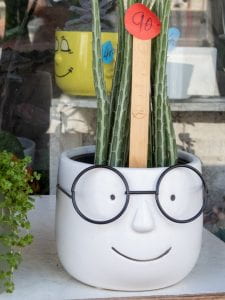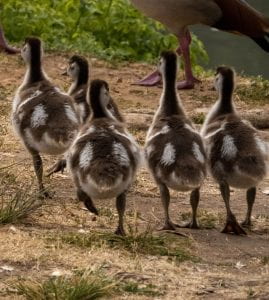
Naomi’s Photos
“Autumn” by Ali Smith
Autumn is such a strange book. It’s the first of four ( one for each season ) and I haven’t made up my mind if I would like to continue reading. Smith writes really well. However, while some parts are interesting and even “deliver a punch”, some simply are not.

“The Midnight Library” by Matt Haig
Another “mixed-feelings book”. Haig knows how to write in a very engaging way and the book is clever, but it also feels like an Aesop’s fable on steroids. The book is ON A MISSION to deliver a message (DON’T COMMIT SUICIDE) and it’s very clear where the plot is going. While I fully support the message, the first part in which the main character is introduced is so depressing that I wondered if a truly depressed person should read the book… Thankfully, not my call.

Have you seen Louis Valez? by Catherine Ryan Hide
While this book is also a book with a very strong moral/message (BE KIND!), I really enjoyed reading it. I believe it’s considered a “young adult” book. It’s completely engrossing and heart-warming, which it seems I needed a dose of. I was impressed that in various places where the author could have taken the story to “full kitch/schmaltz” mode, she didn’t. Nonetheless, very much a “feel-good read”.
Disappearing Moon Cafe by Sky Lee
I discovered this book on LIBBY. It is about several generations of women and their community of Chinese immigrants to Vancouver, Canada. It spans a period from the early days of railroad building to the present day. I enjoyed most of the book as there is a nice mix of history and family drama, but I found the last third of the book to be too “soap -opera-ish” for my taste.

Little Fish by Casey Plett
This is another book discovered on Libby. Back to Canada, Winnipeg this time. A story of Wendy’s life as a transgender woman in the present along with revelations about her devout Mennonite grandfather’s past who may have secretly identified as a transgender himself. The writing is engaging, yet it is often a difficult read as there are painfully sad parts. Also, some parts were too graphic for my taste. I found myself rooting for Wendy as there is hope for a better future.

Naomi’s Photos
“Designing Your Life” by Burnett and Evans
Once again, I encountered this book on Libby. Since this past year of teaching with a pandemic has not been “fun”, I entertained some fantasies about other possible careers. While the first chapter of the book is shamelessly self-promotional, there is a lot of focus on “second careers” and important questions to ask yourself. I actually found it rather helpful in banishing thoughts of leaving the teaching profession.

“Naomi’s Kindergarten” by Ishai Sarid
I read this book in Hebrew. I see that the author has had several of his books translated into English, so this may be coming your way soon. It’s a good book, very powerful. Sarid writes very realistically, I almost feel as if I had met the characters. There is a lot of sadness and injustice in the book, but there is kindness and hope too. I recommend it!

“Days in a Storm” by Michal Shalev
Another book which I read in Hebrew. This author has also had books translated into English – make sure not to confuse her with the famous author Meir Shalev!
It’s a clever story about intertwined lives, combining World War Two, Ultra-Orthodox, Espionage, and more. While I enjoyed reading the book, it could have been much better. Instead of having certain parts of recollections of the characters sounding like they were reading data off WIKIPEDIA, why not have one of the other characters actually give this information as part of their conversation, after officially looking the data up? All the characters have cell phones!

